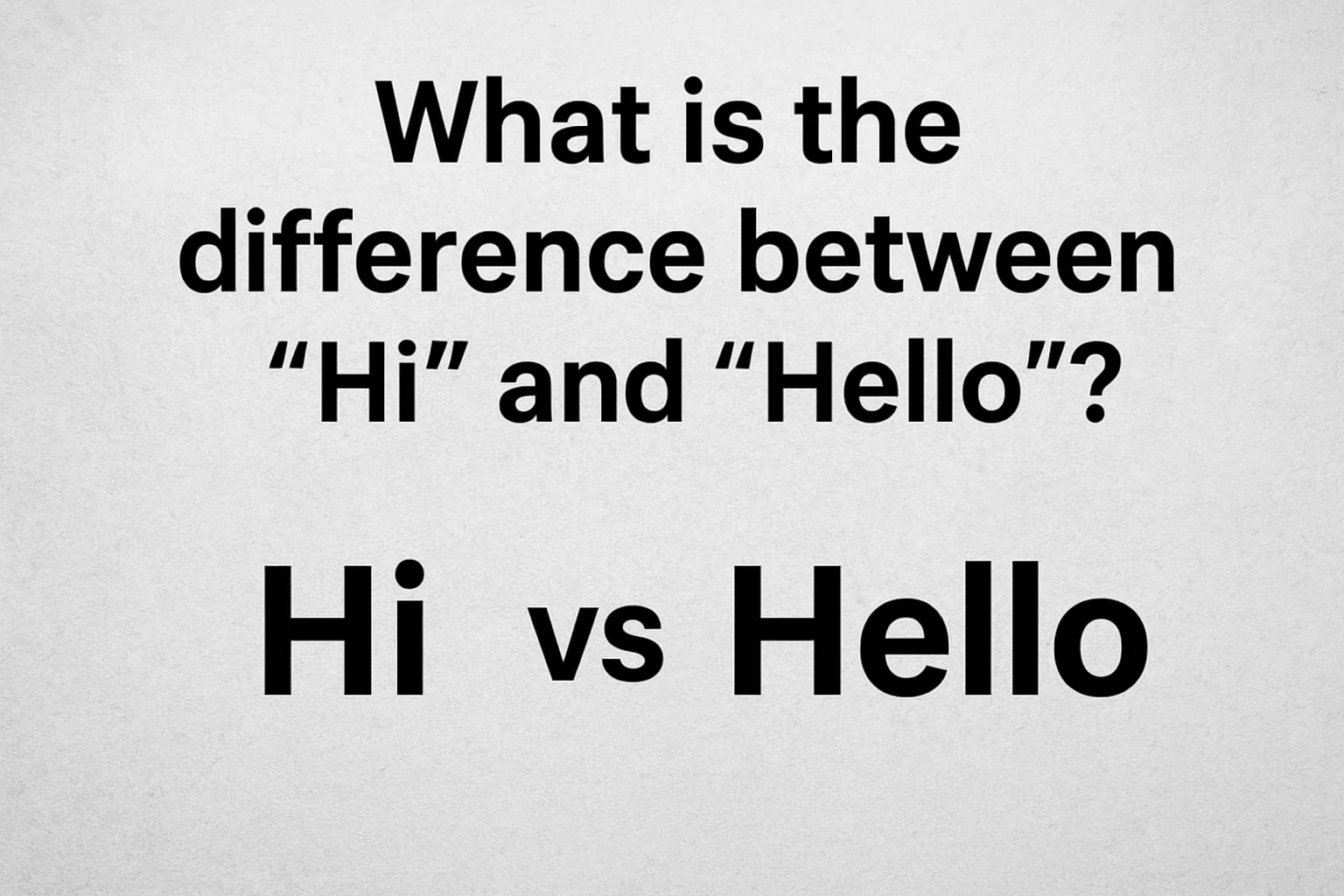Your Topics Multiple Stories: A 2025 Framework That Works

In 2025, the key to successful content marketing lies in one strategy: using a single topic to generate multiple, tailored stories across platforms, formats, and audiences. This scalable narrative approach is transforming how brands, creators, and marketers engage audiences, increase reach, and drive conversions. The framework not only saves time but maximizes impact by turning one core message into an ecosystem of high-performing content.
What is the “Your Topics, Multiple Stories” Framework?
The “Your Topics, Multiple Stories” framework is a scalable storytelling strategy that takes one central topic or idea and develops it into multiple distinct narratives. These narratives are adapted to fit various:
- Audience segments (based on interests, pain points, or buyer journey stages)
- Content formats (blog posts, videos, podcasts, social media, infographics, webinars)
- Distribution channels (websites, YouTube, LinkedIn, Instagram, email newsletters, etc.)
This method ensures maximum coverage and relevance while reducing content creation fatigue.
Why This Framework Works in 2025
As algorithms grow smarter and audiences more fragmented, one-size-fits-all content no longer delivers results. The 2025 content landscape demands personalization, platform-native storytelling, and strategic reuse of high-value content. Here’s why this framework excels:
- Efficiency – One topic yields a month’s worth of varied content.
- SEO Optimization – Multiple keyword-rich stories increase SERP presence.
- Audience Connection – Tailored messaging builds trust and relevance.
- Platform Fit – Optimized content for each platform’s format and audience expectations.
- Data-Driven Iteration – Multiple stories allow better testing and learning.
Step-by-Step: How to Apply the Framework
1. Start with a Strong, Broad Topic
Choose a topic relevant to your brand and audience. It should be broad enough to allow exploration but focused enough to maintain consistency.
Example: Remote Work Trends in 2025
2. Identify Core Angles or Subtopics
Break the main topic into subtopics that appeal to different personas, pain points, or industry sectors.
Example angles for “Remote Work Trends in 2025”:
- Tools and tech for remote teams
- Leadership strategies for remote management
- Mental health in remote work
- Future of hybrid workplaces
3. Map Formats to Audiences and Channels
Tailor each subtopic to specific formats and channels. Know where your audience consumes content and how.
| Subtopic | Format | Channel |
|---|---|---|
| Remote Tech Tools | Video Review | YouTube, LinkedIn |
| Remote Leadership | Long-Form Blog | Website, Medium |
| Mental Health | Podcast Episode | Spotify, Apple Podcasts |
| Hybrid Workplaces | Infographic | Instagram, Pinterest |
4. Create Each Story with Unique Value
Each story should provide unique value, even though it stems from the same topic. Don’t just repurpose; reimagine the angle and value for each asset.
5. Optimize for SEO and Engagement
Use keyword clusters around the main topic. Each piece should target specific long-tail keywords and include engaging CTAs.
6. Distribute Strategically and Schedule
Don’t dump everything at once. Stagger distribution to maintain audience interest and allow each piece to gain traction.
7. Track, Analyze, Iterate
Use analytics tools to measure performance (clicks, views, shares, conversions). Adjust your approach based on what resonates.
Real-World Example
Let’s say your company offers a SaaS project management tool. Your topic: “How AI Will Transform Project Management in 2025”.
From this, you could generate:
- A whitepaper on AI trends in project management
- A blog post: “5 AI Features Your Project Management Tool Needs”
- A short-form video: “AI in Project Management Explained in 60 Seconds”
- A podcast episode with a tech expert discussing AI automation
- A LinkedIn carousel post showcasing case studies
- An email drip campaign featuring bite-sized content from all the above
Each story speaks to a different stage of the buyer’s journey and offers fresh value.
Tools to Support the Framework
To make this framework work at scale, consider using:
- Content Planning Tools: Notion, Trello, Airtable
- AI Writing Assistants: ChatGPT, Jasper, Copy.ai
- Graphic Design: Canva, Adobe Express
- SEO Optimization: Surfer SEO, Ahrefs, SEMrush
- Analytics: Google Analytics, Hotjar, HubSpot
- Social Scheduling: Buffer, Hootsuite, Later
Best Practices for 2025
- Content Repurposing, Not Recycling: Customize content for context, not just copy-paste.
- Video First: With the dominance of video, prioritize short-form and explainers.
- Data-Driven Stories: Use internal and third-party data to back your narratives.
- Voice and AI Search Optimization: Adapt titles and content for natural language queries.
- Human Touch Still Matters: Even with AI tools, human emotion, perspective, and storytelling are key.
Final Thoughts
“Your Topics, Multiple Stories” isn’t just a content strategy; it’s a mindset shift. In 2025, the brands that win are those who tell the right stories, to the right people, in the right way. This framework empowers you to scale without diluting your message and create meaningful, memorable content experiences.
If you’re not yet using this approach, now is the time to embrace it.








